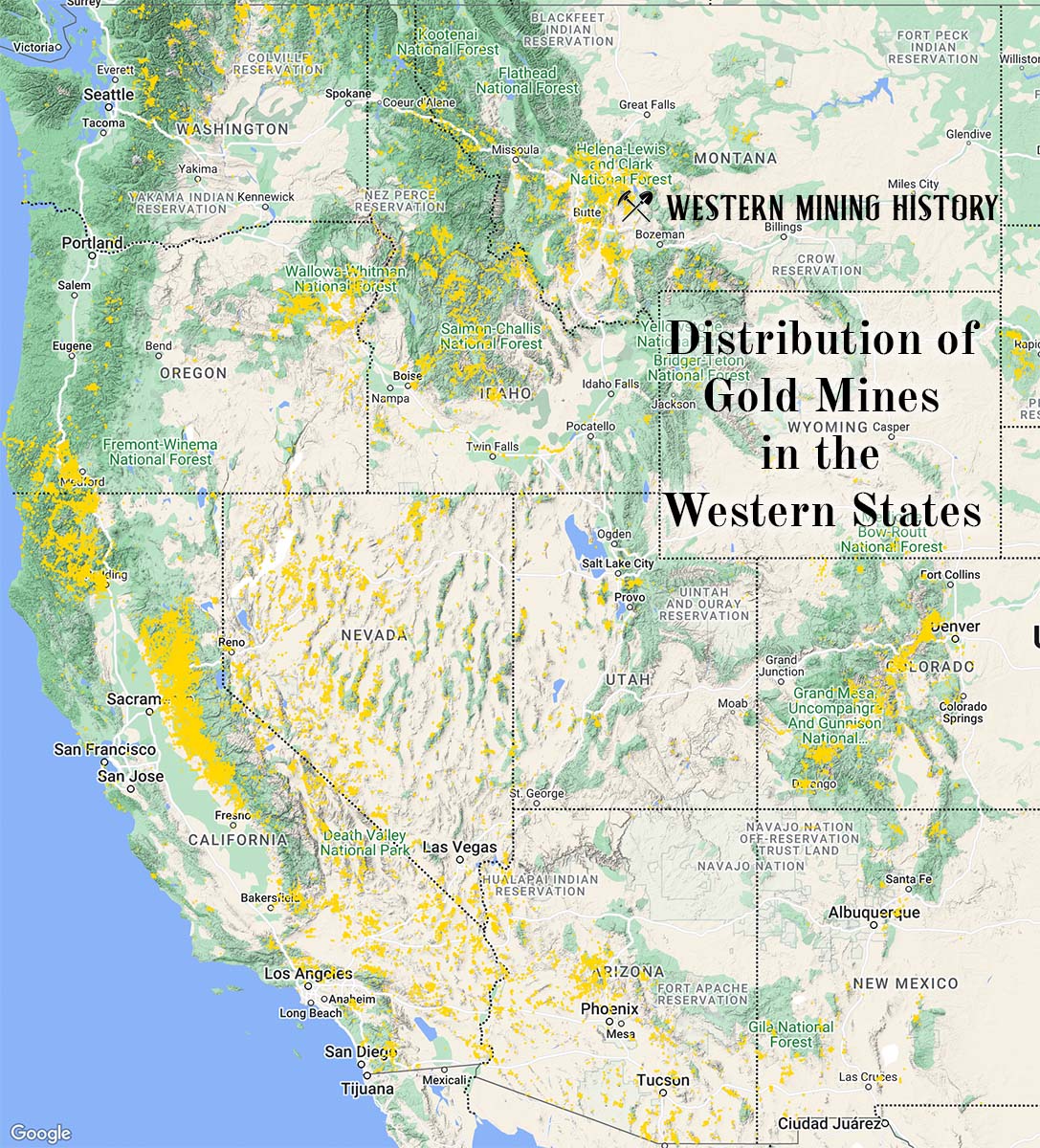The Big Hurrah Creek is a gold mine located in Alaska.
About the MRDS Data:
All mine locations were obtained from the USGS Mineral Resources Data System. The locations and other information in this database have not been verified for accuracy. It should be assumed that all mines are on private property.
Mine Info
Big Hurrah Creek MRDS details
Site Name
Primary: Big Hurrah Creek
Commodity
Primary: Gold
Secondary: Tungsten
Location
State: Alaska
District: Nome
Land Status
Not available
Holdings
Not available
Workings
Not available
Ownership
Not available
Production
Not available
Deposit
Record Type: Site
Operation Category: Producer
Operation Type: Unknown
Years of Production:
Organization:
Significant:
Physiography
Not available
Mineral Deposit Model
Model Name: Placer Au-PGE
Orebody
Not available
Structure
Not available
Alterations
Not available
Rocks
Not available
Analytical Data
Not available
Materials
Ore: Gold
Ore: Scheelite
Gangue: Garnet
Gangue: Ilmenite
Gangue: Magnetite
Comments
Comment (Exploration): Status = Active?
Comment (Workings): Workings / Exploration = Big Hurrah Creek has been continuously placer mined for about 4 miles upstream from the mouth. Small-scale operations took place in the 1900s, dredging occurred in the 1920s, and open-cut (probably dozer) operations were carried out in the 1930s.
Comment (Reference): Primary Reference = Cobb, 1978 (OF 78-181)
Comment (Geology): Geologic Description = Gold was discovered and placer mining started on Big Hurrah Creek in 1900 (Collier and others, 1908). This was apparently the richest creek in the lower Solomon River area (Smith, 1910). Lu and others (1968) compiled records that indicate at least $120,606 worth of gold or about 6,000 ounces (at $20 per oounce) were produced from Big Hurrah Creek. Dredging took place mostly in the 1920's and open-cut (probably dozer) operations took place in the 1930's (Cobb, 1978, OF 78-181). Stream gravels near mouth were 3 to 5 feet thick and the paystreak was 100 to 500 feet wide. At the upstream limit of mining (at the mouth of Lions Creek), the gravels were 2 to 3 feet thick and the paystreak 10 to 20 feet wide. The active drainage is incised 10 to 30 feet and bench gravels above the active creek were also auriferous. Much of the gold was fine but some nuggets were recovered, including many with attached quartz reflecting proximity to gold-quartz veins in bedrock (such as the Big Hurrah mine, SO022). Garnet was abundant in heavy mineral concentrates. Coats (1944) estimated that there was about 0.87 pounds of scheelite in a 1/4-cubic-yard sample of concentrate. This indicated that the scheelite content of the stream gravels was probably less than 0.1 pound per cubic yard. The bedrock in this drainage is part of a lower Paleozoic metasedimentary assemblage that includes a distinctive black, very fine-grained, graphitic schist (Sainsbury and others, 1972; Till and others, 1986).
Comment (Deposit): Model Name = Placer Au-PGE (Cox and Singer, 1986; model 39a).
Comment (Geology): Age = Quaternary; the location and elevation (75 to 250 feet) of this area indicate that it was affected by Quaternary sea level fluctuations; more than one cycle of erosion and deposition is indicated.
Comment (Production): Production Notes = Lu and others (1968) compiled records that indicate at least $120,606 worth of gold or about 6,000 ounces (at $20 per oounce) were produced from Big Hurrah Creek.
References
Reference (Deposit): Coats, R.R., 1944, Occurrences of scheelite in the Solomon district, Seward Peninsula, Alaska: U.S. Geological Survey Open-File Report 4, 4 p.
Reference (Deposit): Cobb, E.H., 1978, Summary of references to mineral occurrences (other than mineral fuels and construction materials) in the Solomon quadrangle, Alaska: U.S. Geological Survey Open-File Report 78-181, 185 p.
Reference (Deposit): Till, A.B., Dumoulin, J.A., Gamble, B. ., Kaufman, D.S., and Carroll, P.I., 1986, Preliminary geologic map and fossil data, Soloman, Bendeleben, and southern Kotzebue quadrangles, Seward Peninsula, Alaska: U.S. Geological Survey Open-File Report 86-276, 10 p., 3 plates, scale 1:250,000.
Reference (Deposit): Cobb, E.H., 1972, Metallic resources map of the Solomon quadrangle, Alaska: U.S. Geological Survey Miscellaneous Field Studies Map MF-445, scale 1:250,000.
Reference (Deposit): Sainsbury, C.L., Hudson, T.L., Ewing, R., and Marsh, W.R., 1972, Reconnaissance geologic maps of the Solomon D-5 and C-5 quadrangles, Seward Peninsula, Alaska: U.S. Geological Survey Open-File Report 511, 12 p., 2 sheets, scale 1:63,360.
Reference (Deposit): Lu, F.C.J., Heiner, L.E., and Harris, D.P., 1968, Known and potential ore reserves, Seward Peninsula, Alaska: University of Alaska, Mineral Industry Research Laboratory Report 11, 107 p.
Reference (Deposit): Smith, P.S., 1910, Geology and mineral resources of the Solomon and Casadepaga quadrangles, Seward Peninsula, Alaska: U.S. Geological Survey Bulletin 433, 234 p.
Reference (Deposit): Collier, A. J., Hess, F.L., Smith, P.S., and Brooks, A.H., 1908, The gold placers of parts of Seward Peninsula, Alaska, including the Nome, Council, Kougarok, Port Clarence, and Goodhope precincts: U.S. Geological Survey Bulletin 328, 343 p.
The Top Ten Gold Producing States

These ten states contributed the most to the gold production that built the West from 1848 through the 1930s. The Top Ten Gold Producing States.